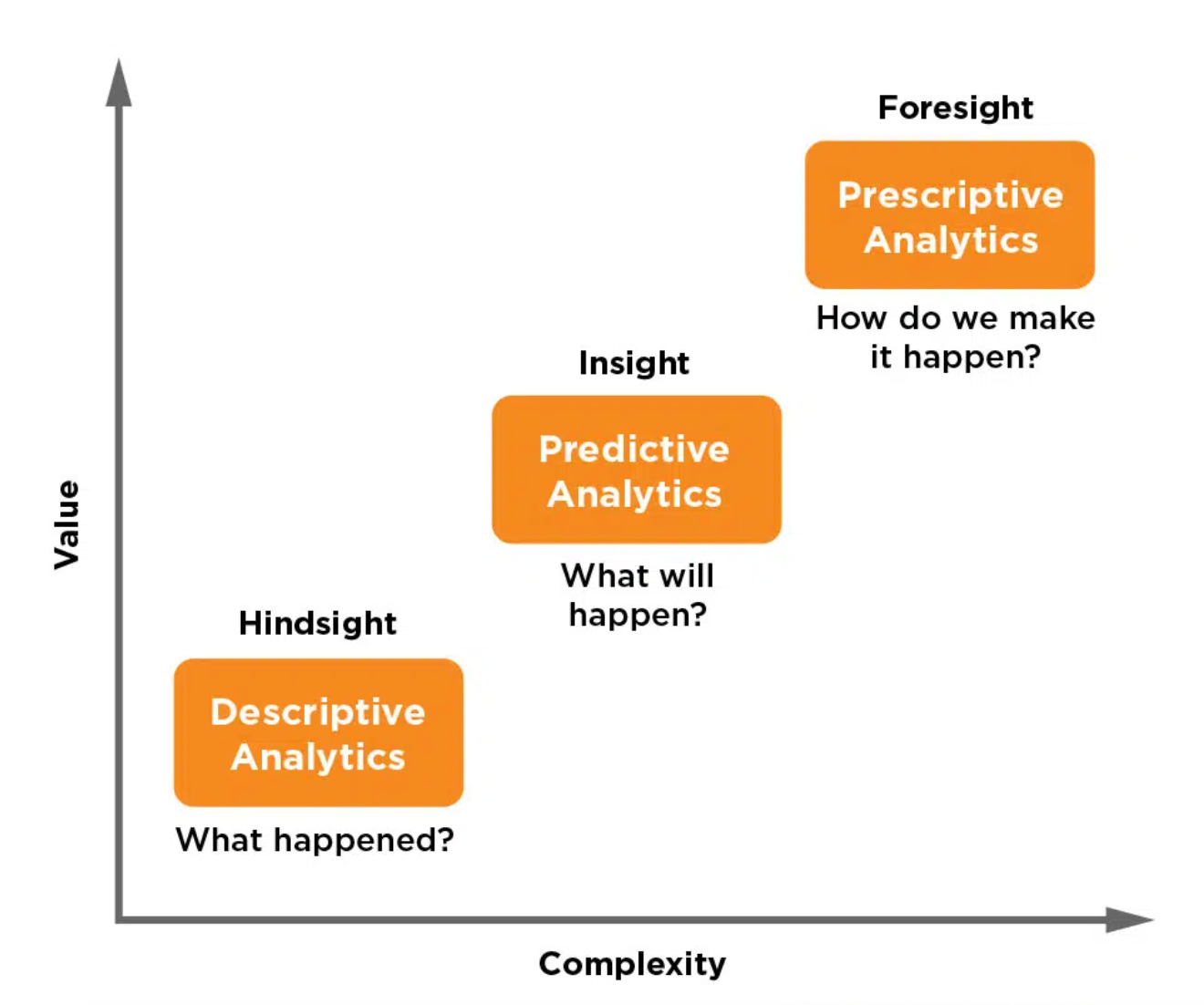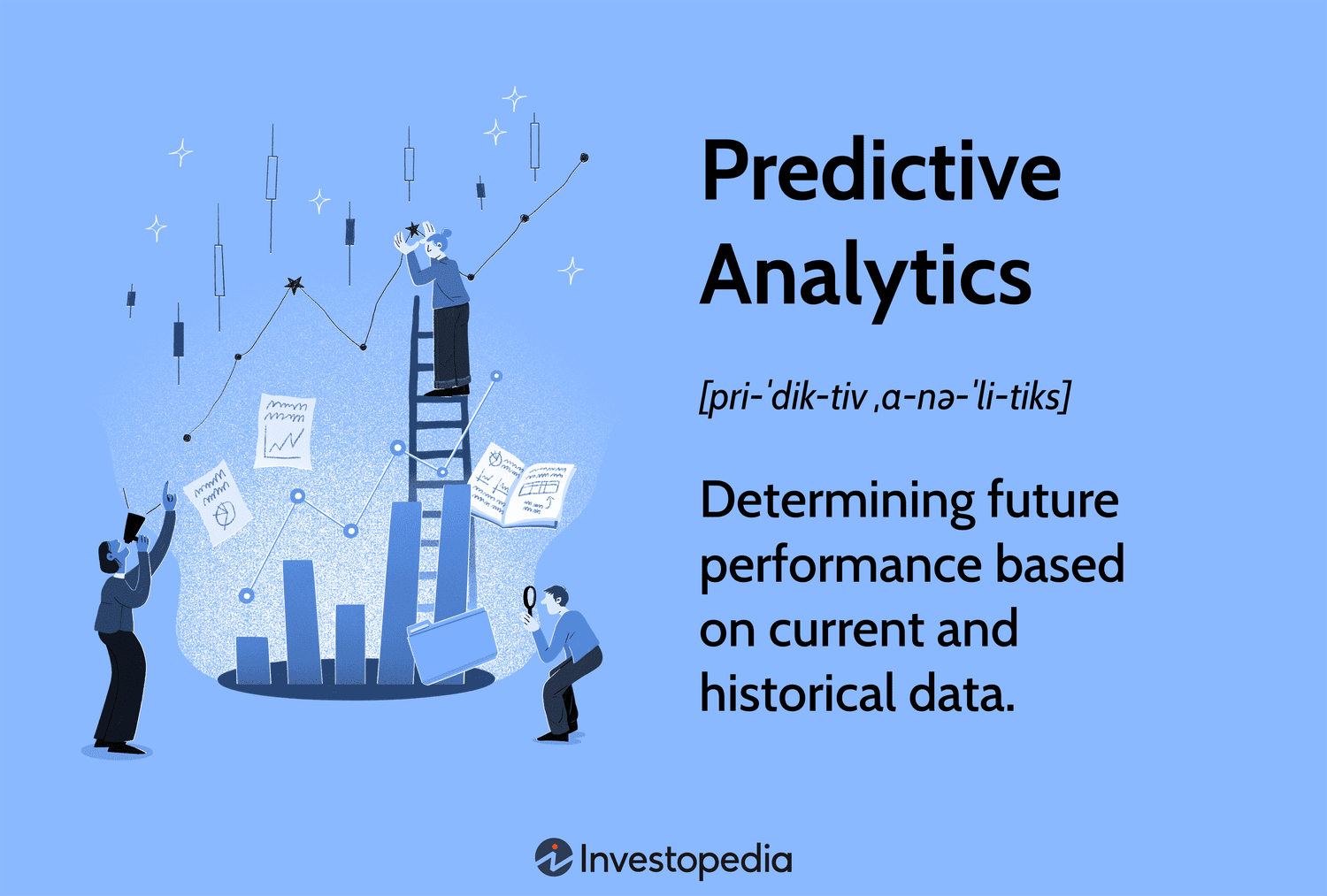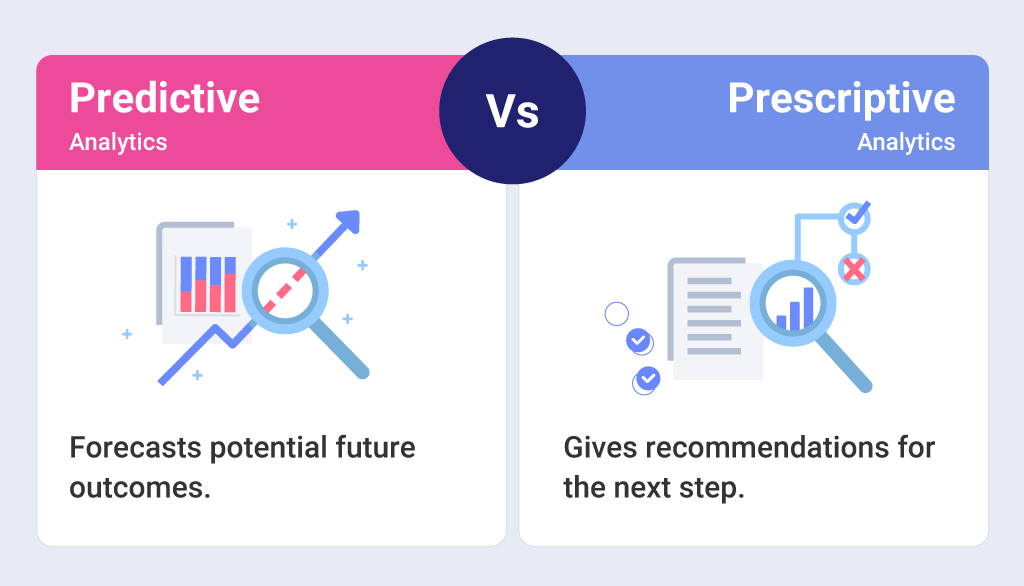Did that marketing activity actually work? Every marketer knows the value of being able to answer that question.
Big data is big business, and in 2024, using data analytics to track the performance of marketing campaigns is mandatory. Companies that can get more out of their marketing analytics ops can use that to get ahead.
The good news is that with everything from content consumption to marketing research to commerce happening online, marketers have access to an ever-growing pool of potential data sources to fully understand customer behavior.
And there are some powerful marketing analysis solutions out there to help dig into all that data!
For many marketing teams, the challenge is figuring out what types of marketing analytics they need to be doing.
Types of Marketing Analytics
Digital marketing analytics, broadly speaking, is any kind of data analytics that aims to assist a company’s marketing efforts. It can include website analytics, business analytics, sales analytics, social media analytics, and much more.
But we can break the category down further into three primary types of marketing analytics:
- Descriptive analytics
- Predictive analytics
- Prescriptive analytics
What separates these three types of data analytics is what they can help you do. In the context of marketing, all three involve collecting and analyzing data to bolster marketing campaign efforts. But each of the three accomplishes something very different.
 Image Source: MarTech
Image Source: MarTech
Note that there’s another type of data analytics called diagnostic analytics, which seeks to answer, “Why did this happen?” But for this post, we’re focusing on the three core data analytics mentioned above and won’t be covering diagnostic analytics.
Let’s take a closer look at each one in turn:
Descriptive Analytics
Descriptive analytics uses marketing data analysis to tell you what happened in the past. This information can help you understand past marketing performance and provide context for a better understanding of what’s happening currently.
For example, to understand how a recent blog post is performing, a marketing analyst could look at its page views and other marketing data analytics over its first 30 days and compare the data you see to the first 30 days performance of similar blog posts you’ve published in the past.
You could then look at the sources for these posts to discover differences that might explain the differing performances. Perhaps your latest post, for example, has gone viral on social media or is being bolstered by views from a paid campaign.
Also Read: The Most Important Web Analytics Metrics to Track
Descriptive analytics thus provides a way for you to answer the important questions: _what happened, and why? _(Diagnostic analytics does too. It is a sub-category of descriptive analytics that’s focused on using past data to diagnose problems, explain discrepancies, etc.)
Although the primary goal of descriptive analytics is not to predict future events, it can nevertheless be useful for prediction, particularly in industries with regular cyclical patterns.
For example, descriptive analytics might tell you that your company has seen a sales lull in Q4 for four of the past five years, which might also lead you to conclude that a similar lull in the coming Q4 is a distinct possibility.
While descriptive analytics can have some predictive value, if your primary goal is predicting the future, you’d be better served by the next type of digital marketing analytics on our list: predictive analytics.
Predictive Analytics
Predictive analytics is a type of data science that uses past data to make predictions about future outcomes. This typically involves large volumes of data and a machine learning algorithm that can use that data to make increasingly accurate predictions of customer behavior over time.
 Image Source: Investopedia
Image Source: Investopedia
For example, a machine learning algorithm may find “clusters” in your marketing audience and be able to predict the most profitable segments to target based on demographics, interests, and other factors.
While this is a process that can also be done manually, a machine learning algorithm can work with much higher volumes of marketing data, and it can iterate much faster. This enables it to find complex (but valuable) audience segments that a human being would have missed.
While machine learning is not a silver bullet, predictive analytics is playing an increasingly large role in marketing because it allows companies to create rich, deeply personalized marketing experiences where the customer is served content based on predictions about what they’d like.
Predictive analytics, in other words, aims to answer the question: What’s going to happen next?
Prescriptive Analytics
Prescriptive analytics focuses on using past marketing data to recommend the most impactful things you can do. It’s often used in tandem with marketing automation to ensure that its recommendations can be carried out instantly.
Like predictive analytics, prescriptive analytics aims to predict the future, but it’s less focused on the question, ‘What’s going to happen?’, and more focused on the question, ‘How can you impact what happens?’
 Image Source: LinkedIn
Image Source: LinkedIn
For example, let’s say your predictive analytics work suggests that your site will likely get an influx of new visitors. How can you best take advantage of that? Prescriptive analytics can help you pick the best products, deals, and messaging to highlight for maximum profits.
Another example: if your predictive analytics work has highlighted potentially profitable new segments to target, prescriptive analytics can help you figure out precisely how and when to reach them to maximize your chances of converting them while optimizing the customer experience.
Optimize for Conversion & ROAS Now! Explore Woopra in a demo and enjoy a 2-week free trial: https://www.woopra.com/demo
The Best Marketing Analytics Tools
What type of marketing analytics is best for you? Typically, the answer is some version of all of the above! All three can be incredibly important for assessing your marketing investments and determining marketing ROI.
For example, consider social media marketing. Descriptive analytics help you track your performance to date, predictive analytics help you understand what changes you might need to be ready for, and prescriptive analytics makes actionable suggestions to improve your results.
When you’ve concluded that you need all of the above, it can be easy to jump to hiring a data analyst or data scientist. But that’s often slow, expensive, and ineffective.
It’s also unnecessary. Today, there are digital marketing analytics and web analytics tools available for any type of marketing channel and to support any type of marketing strategy, such as digital marketing, content marketing, etc.
Let’s take a look at examples of marketing analytics software that companies use to dig into their customer data and power their marketing campaigns.
Google Ads
 Image Source: Google Ads
Image Source: Google Ads
Google Ads is Google’s paid advertising platform, but it’s also a powerful marketing analytics tool in its own right when synced up with Google Analytics. For example, with Google Ad data, marketers can use Analytics to see how users who clicked particular ads subsequently behaved on the site.
While it’s not a complete customer journey analytics tool like Heap Analytics or Adobe Analytics, Google Ads and Analytics can provide a bit more insight into how customers get to your site, and whether users who click different ads behave differently.
This combination is also frequently used to identify audiences for remarketing. Based on analyzing customer behavior, a user who’s clicked one of your ads and visited your site in the past may be more likely to convert.
Google even provides machine-learning-enabled predictive analytics features to help you identify the best audiences for your ads for additional valuable insight.
Marketo
 Image Source: Marketo
Image Source: Marketo
Marketo is another popular marketing tool, and it offers a suite of analytics solutions aimed at helping you do things like identify the highest-ROI channels or improve your marketing attribution model.
In tandem with its analytics features, it offers marketing automation tools so that you could, for example, automatically enroll a new user in an email campaign based on the audience segment they fall into, or based on the actions they take on your site.
Salesforce
 Image Source: Salesforce
Image Source: Salesforce
Salesforce is a popular sales and marketing CRM. Like Google Ads and Marketo, it’s not exclusively an analytics tool, but it does offer a suite of analytics options and it is an important repository of sales and marketing-related data for many companies.
Salesforce’s built-in analytics tools include many predictive analytics features aimed at helping you spot and prioritize the most high-value leads and opportunities.
Woopra

All of the previously mentioned tools are valuable, and many companies use all three of them.
But these tools can become silos that prevent deeper analytics work because it’s not always easy to get them integrated.
Woopra is a bit different. It’s a pure marketing analytics platform, so it doesn’t offer the advertising features of Google Ads, for example, or the sales-process features of Salesforce. But it does offer something incredibly valuable to busy marketers: integration.
Woopra can pull in data from Google Ads, Facebook Ads, Marketo, Salesforce, and a wide variety of other popular marketing tools, too. It offers social media analytics, automation tools, digital marketing analytics, and much more.
That makes it a one-stop shop where anyone on the team can find any data source for the marketing KPIs they need. Want to understand what’s happening with your company’s churn rate? The answer could lie in data from Google Ads, or Marketo, or Salesforce. Only Woopra brings it all together.
Woopra’s intuitive, no-code interface is accessible to everyone. Any team member can build reports, understand visualizations, dig into product analytics, and view customer journeys that may pull together data from a dozen different sources.
Woopra data can also be easily exported to a Google Sheet for easy analysis.
Leaders can find all of the data they need to define marketing strategy collected, collated, and analyzed in one place. That kind of integration simply isn’t possible with most marketing tools, and you’ll gain insights that you couldn’t possibly get elsewhere.
Ultimately, most companies are going to want to make marketing decisions based on all three types of analytics.
For example, you use descriptive analytics to understand past campaign performance, predictive analytics to help choose a marketing strategy, and prescriptive analytics to get actionable insights on which marketing effort to focus on.
That kind of holistic analytics strategy may seem difficult to achieve. But it’s easier than you might expect once you can integrate all of your marketing and product data on a platform that can serve as a one-stop shop for all marketing metrics and other relevant data points.
Check out the other articles in our Marketing Analytics series:
- 7 Key Marketing Analytics Techniques
- The Best Marketing Analytics Tools
- The Essential B2B Marketing Analytics Guide
- Marketing Analytics: What it is, Why it’s Important, and How to Use Analytics Software




